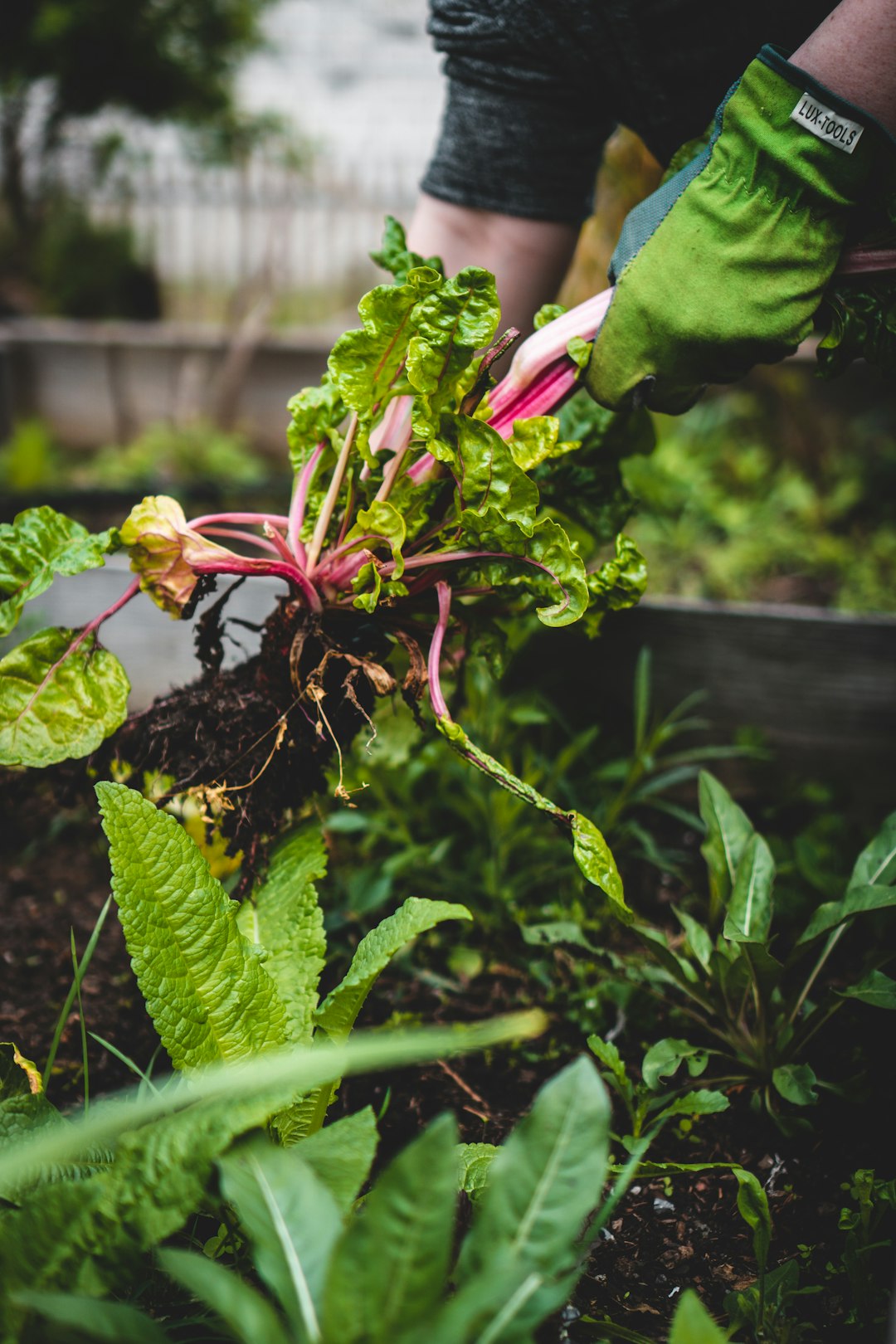Our Specialty Crop Farming Financial Model Structure covers all the essential aspects you need to consider when starting or scaling a Specialty Crop Farming business. By following this structure, you can better understand your revenue streams, costs, and assets, helping you optimize profitability and strategically plan for growth.
Financial planning is crucial for any business venture, including Specialty Crop Farming. A well-structured financial model not only outlines potential revenues, direct costs, employee requirements, expenses, and assets; it also provides insights into possible new and profitable revenue streams. This Specialty Crop Farming financial model serves as a comprehensive guide for both budding entrepreneurs and established farmers looking to expand their operations.
The Specialty Crop Farming financial model structure
The Specialty Crop Farming financial model structure delineates several essential components that one must consider when planning your enterprise. Although it may seem daunting, understanding these elements is vital because they can significantly impact success.
Revenues
Revenue streams in a Specialty Crop Farming business fluctuate significantly, contingent upon the selected crops and targeted markets. Some typical revenue streams may consist of:
- Fresh Produce Sales: calculated by multiplying the volume of produce by the market price per unit.
- Value-added Products: these are processed foods or specialty items derived from raw crops. Estimations are based on production costs and anticipated sales volume.
- Direct-to-consumer Sales: this includes farm stands or farmer’s markets, where revenue projections hinge on customer foot traffic and average sale per customer.
- Subscriptions or CSAs (Community Supported Agriculture): predicting revenue based on the number of subscriptions and the fee charged per season.
- Wholesale to Restaurants or Grocery Stores: requires estimating based on agreements with buyers, sales volume, and price per unit.
- Agri-tourism: generates income from promoting farm-based tourism activities, which includes entrance fees and expenditures on farm stays and tours.
- Online Sales: utilizes digital platforms for selling directly to consumers, often providing opportunities for premium pricing.
Cost of goods sold
The cost of goods sold (COGS) for these revenue streams includes direct costs involved in producing crops. These costs often encompass seeds, fertilizers, pesticides, labor for planting and harvesting, packaging, and transportation to market; however, calculating these costs accurately is essential. This determination of true profitability can be complex because various factors influence the overall expenses. Although some may overlook these details, they play a crucial role in the financial health of an agricultural operation.
Employees
A successful Specialty Crop Farming business typically involves several key personnel:
- Farm Manager: oversees daily operations, planning, and implementation.
- Agronomist: provides expertise on plant cultivation and care.
- Field Workers: conduct planting, maintenance, and harvesting tasks.
- Sales and Marketing Specialist: develops and executes strategies to increase sales; this is vital for growth.
- Logistics Coordinator: manages supply chain activities, ensuring timely delivery of products.
- Administrative Staff: handle paperwork, finances, and customer inquiries, but they often face challenges because of the complexity in managing records.
Operating expenses
Managing a farm (which is a complex endeavor) entails numerous operating expenses. Typical costs encompass:
- utilities (such as water, electricity, and heating),
- vehicle maintenance (including upkeep for tractors, trucks, and other farm equipment)
- facility rent or mortgage (payments for land or buildings used for farming activities).
- fertilizers and chemicals are essential for optimal plant growth and insurance provides coverage for crops, equipment, and farm liability.
- advertising and marketing are crucial because they promote farm products to various markets; however, repairs and maintenance entail routine fixing of infrastructure and machinery.
- Seeds and plants require purchasing initial crop materials for planting, while professional services (like accountants, consultants, or agronomy experts) are necessary for effective management.
- Office supplies are daily necessities that support administrative duties, but these costs can accumulate quickly.
Assets
The most prevalent assets for Specialty Crop Farming businesses include:
- farmland, a core asset for cultivation activities;
- equipment, which includes tractors, plows, and other machinery necessary for effective farming;
- buildings, such as barns, storage units, and greenhouses that support operations and protect crops.
- vehicles—trucks and delivery vehicles—are used for transport purposes.
- irrigation systems are essential because they manage the water supply and monitor plant health.
However, without these assets, farming may not thrive, which is critical to success.
Funding options
Common funding options for Specialty Crop Farming include:
- Bank Loans: traditional financing requiring a solid business plan and collateral.
- Government Grants and Subsidies: financial assistance provided for agricultural initiatives.
- Venture Capital: investment from private investors seeking an equity stake in the business.
- Angel Investors: individual investors offering capital in exchange for convertible debt or ownership equity.
- Micro-Loans: small, short-term loans often available through financial institutions.
Driver-based financial model for Specialty Crop Farming
A driver-based financial model for Specialty Crop Farming is essential because a truly professional financial model hinges on the operating KPIs (also referred to as “drivers”) pertinent to the industry. These drivers help align the financial planning with actual business activity, making it more effective and accurate.
Examples of operating KPIs for the Specialty Crop Farming business, although the list is not exhaustive, include yield per acre (measurement of crop output per unit of land), cost per yield unit (direct expenses divided by units produced), and labor cost per acre (tracking efficiency of labor resources in terms of cost). However, it is crucial to note that these metrics are dynamic and can fluctuate based on various factors.
- Revenue per Customer: average income generated from each customer is crucial; however, Utilization Rate (percentage of land or resources used at maximum potential) is also significant.
- Customer Retention Rate: denotes the ability to retain and repeatedly sell to customers, but Turnaround Time for Deliveries indicates efficiency in getting products to market.
- Input Cost Variance: reflects differences between budgeted costing and actual spending on inputs, because Water Usage Efficiency measures effectiveness in using water resources relative to output.
Driver-based financial planning, the process of identifying key activities—also known as ‘drivers’—has the highest impact on your business results. This approach builds your financial plans based on those activities, allowing you to establish relationships between financial outcomes and necessary resources (like people, marketing budgets, equipment, etc.).
If you want to know more about driver-based financial planning and why it is the right way to plan, see the founder of Modeliks explaining it in the video below.
Need a business plan?
Create one with Modeliks AI in the next hour!
AI powered business planning for Startups and SMEs.
The financial plan output
The objective of financial forecast outputs, which should facilitate understanding, is to enable you, your management team, board, or investors to quickly grasp how your Specialty Crop Farming business is likely to perform in the future. You can gain reassurance that the plan is well-considered, realistic, and achievable; however, one must also understand what investment is necessary to implement this plan and what the anticipated return on the investment will be. To achieve these goals, here is a concise template for effectively presenting your financial plan.

Apart from this one-page summary of your plan, you will require the three projected financial statements, because they are crucial for comprehensive analysis.
- Profit and Loss
- Balance Sheet
- Cash Flow Statement
Specialty Crop Farming financial model summary
A professional Specialty Crop Farming financial model will certainly help you think through your business, identify the resources you need to achieve your targets, set goals, measure performance, raise funding, and make confident decisions to manage and grow your business. Crafting a successful model requires careful contemplation of all the factors and drivers inherent to the farming business. However, because of the complexities involved, this process can be daunting. Although one may feel overwhelmed, it is essential to remain focused and strategic.
If you need help with your financial plan, try Modeliks , a financial planning solution for SMEs and startups or contact us at contact@modeliks.com and we can help.
Author:
Blagoja Hamamdjiev
, Founder and CEO of
Modeliks
, Entrepreneur, and business planning expert.
In the last 20 years, he helped everything from startups to multi-billion-dollar conglomerates plan, manage, fundraise, and grow.

TAKE MODELIKS FOR A SPIN
Not sure which plan?
Start with a 15 days free trial.
You will have access to the full functionality of Modeliks. The only restriction in the free trial is that you cannot download or share your business plan outside Modeliks. Credit card is not required to subscribe for the free trial.






